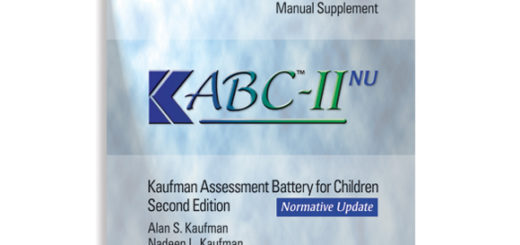The Comprehensive Bifurcation of the OWASP Top 10
The OWASP mobile top 10 list deals with a comprehensive variety of threats to the mobile applications so that the best possible strategies and corrective action can be taken throughout the development life cycle of the applications. Following is the comprehensive bifurcation of the OWASP mobile top 10 list:
-The improper usage of the platform: This particular point deals with miss usage of the operating systems of the platform and can also include the incorrect usage of the keychain.
-The insecure storage of data: This particular point deals with high-risk security and privacy flaws in the applications and it also includes several kinds of vulnerabilities associated with leakage of personal information which could be utilized for illicit purposes.
-The insecure communication: This particular point deals with the risk which involves failing to protect the data into transit to make sure the communications are perfectly done. The best practice to implement in this particular case is the implementation of secure network transmission in cases of sensitive data.
-The authentication which is insecure: At this particular point session management issues and privacy issues are the major shareholders which are the main reason that identification of the tokens has to be paid attention along with two-factor authentication to deal with this particular point.
-The insufficient cryptography: This particular point also includes getting access to the sensitive information which is unauthorized. Such vulnerabilities can impact the process behind the encryption and decryption which could be very weak. Hence, to deal with this implementation of secure data storage is very important.
–The insecure authorization: This particular point also deals with authentication of the users within the application and also covers authorization of the communication between the application and the backend servers. Hence, properly configuration of the server-side SSL is very much important in this particular point.
-Dealing with client code quality: This particular category includes the risk which comes from the vulnerabilities like buffer overflow, string vulnerabilities and several other kinds of things so that attackers cannot exploit the business logic along with controls which are imposed on the devices.
–The code tempering: This point deals with the redesigning and publishing of the malicious version into the third-party applications and marketplaces. These kinds of attacks normally target popular applications and financial applications. Hence, the developers have to implement several kinds of tempo detection techniques to detect and prevent all these kinds of applications from execution.
-The reverse engineering: This particular concept means that application functionality and working can be taken complete control by the attackers and it can be easily exploited in several kinds of ways. Hence, this particular point can be dealt with increasing the code complexity and usage of the code obfuscation.
– The extraneous functionality: This particular point deals with frequently hidden back doors and security controls which are very much useful during the development phase and do not plan to release to production. This particular point also leads to several kinds of compromises over the application.
Hence, having a complete idea about the above-mentioned points will always allow the companies to do launch the most secure and safe applications in the market.




